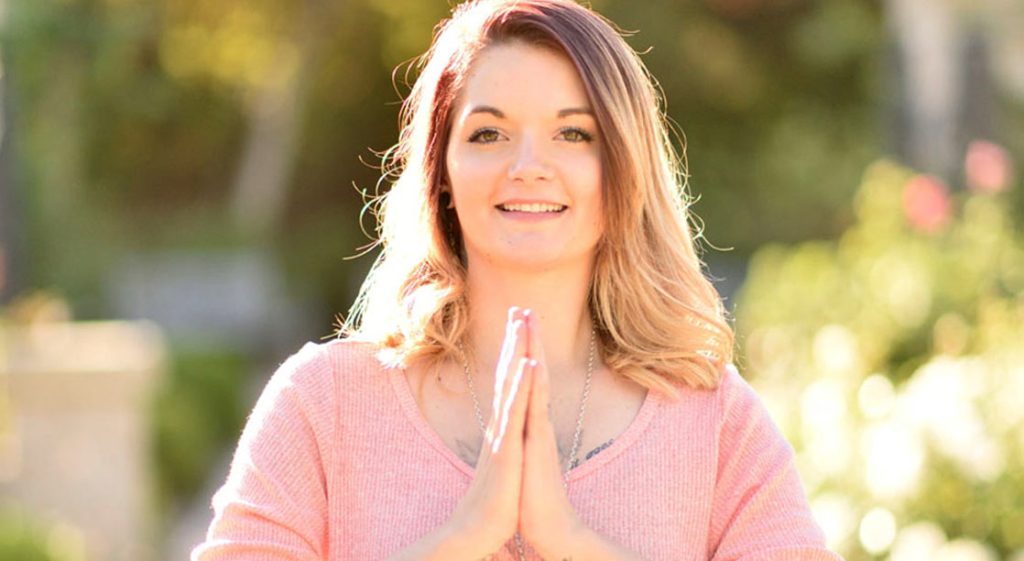
Going away on retreat gives you time to separate from your daily cares. But you can retreat at home and make your daily life a meditation. When you retreat at home, you become responsible for the things that others take care of on residential retreats—meals, laundry, etc.
To celebrate the turning of the new year, my spouse and I decided to buck tradition. Instead of partying until midnight and beyond, we fashioned a five-day meditation retreat for ourselves. From December 28th to January 2nd, we practiced mindfulness from morning 6:00 am to 9:30 pm each day. The decision to retreat at home was a perfect way to begin the new year.
To be honest, it’s not as if my spouse and I have made a habit of heavy reveling on New Year’s Eve. We have, over the years, attended gatherings and managed to stay up until midnight many times. But those parties have been very tame. Also, this is not the first time I’ve spent New Year’s Eve in retreat. Way back in the 1980s, I sat several 10-day silent retreats spanning from Boxing Day until January 6th.
Residential Retreats vs. Retreating at Home
Since my first silent Insight meditation retreat in 1988, I’ve attended many, many more. I love the opportunity that a longer intensive residential retreat provides. The change of scenery at the retreat center gives you the opportunity to let go of daily concerns and focus entirely on practice. Over days and/or weeks of practice, it’s easier to develop continuity. On a residential retreat, outside of a small “karma yoga” job you perform each day, all your time is devoted to practice. Corralling the mind in sitting and walking meditation all day long naturally begins to extend into other daily activities such as eating, showering and brushing your teeth.
When you retreat at home, you become responsible for the things that others take care of on residential retreats—meals, laundry, etc. This requires some forethought, both before and during your retreat. For example, I plan meals that will provide easily reheated leftovers the next day. That way, I only have to coordinate meal prep every other day. My spouse is in charge of the tech stuff. He sets up the talks and instructions we listen to three times a day. We choose them from among the wealth of inspiring recordings of our favorite teachers on dharmaseed.org.
Why Retreat at Home?
While I love residential retreats, and plan on attending many more, home retreats do have some advantages:
- You don’t have to spend the weeks preceding the retreat preparing to be away. There’s no need for a cat sitter or someone to keep an eye on your home and garden. Especially if you’re going on a longer retreat of several weeks, there’s a LOT you have to take care of ahead of time. Retreating at home eliminates a whole lot of planning and anxiety.
- The cost. Retreats are wonderful, and totally worth the expense, but they have become expensive in terms of tuition, travel costs, missed work, and the above-mentioned people that you have to hire to take care of your home and pets while you’re away.
- On home retreats, boundaries between formal practice and your daily tasks begin to blur. This happens on residential retreats as well. But intensive mindfulness practice at home brings new life to your familiar, mundane chores.
Bringing Mindfulness to Life
In recent retreats at Spirit Rock Meditation Center, author and longtime teacher Joseph Goldstein has suggested that we invert the usual retreat priorities. Usually, retreatants give priority to sitting, walking and all our other activities in that order. He proposed that we put our daily activities first and sitting meditation last. When you retreat at home, this seems to happen more naturally.
The purpose of mindfulness practice is not to get “good” at sitting. Ultimately, the practice is meant to lead to greater mindfulness as you move through your life. With practice, mindfulness begins to integrate. It becomes the ground from which you act. Home practice is key to this transformation.
In a future post, I’ll share tips on how to set up a retreat at home.
